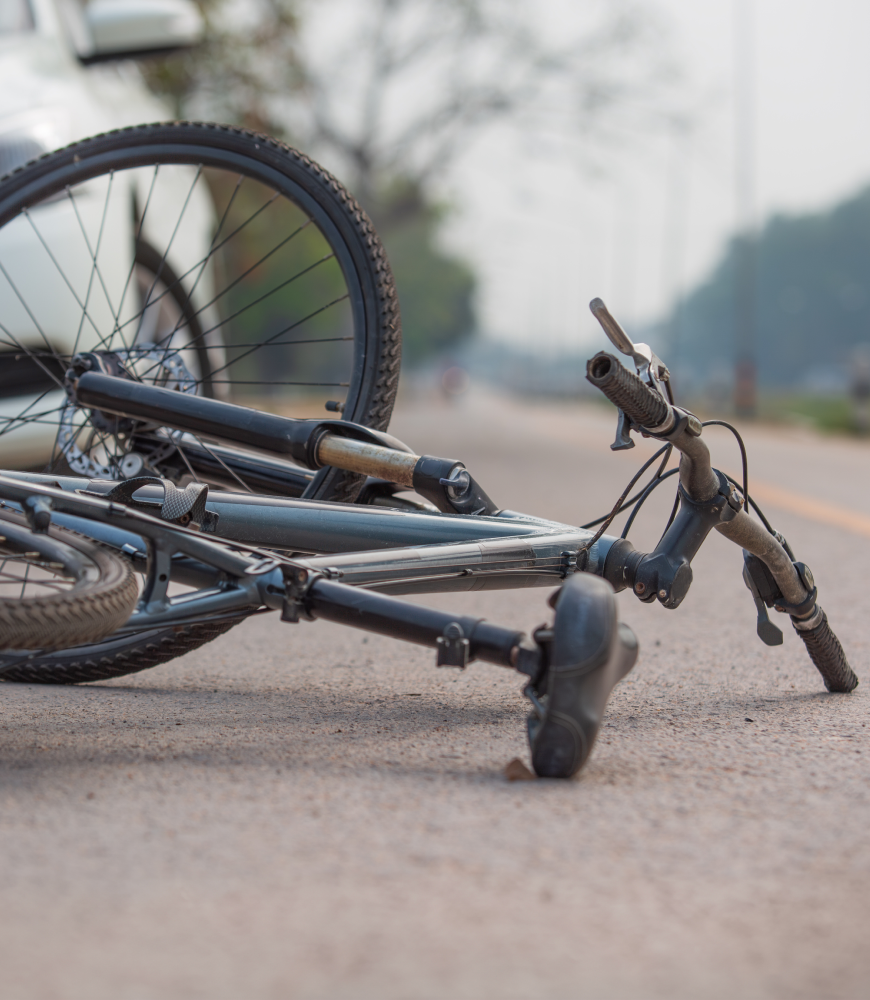Here’s what to do after a bicycle vs. car accident:
- Move out of traffic and call 911.
- Get medical help and follow orders.
- Photograph vehicles, your bike, the road, signs, and lighting conditions.
- Collect witness names and numbers.
- Ask for the police report number.
- Call a lawyer for the next steps.
The right steps after a bike crash with a car depend on the conditions of the incident. Contact our bicycle accident lawyers for a free consultation and learn what the best course of action is in your case!
Disclaimer: This is general information, not legal advice. For advice, consult an attorney licensed in your state. Prior results do not guarantee a similar outcome. Court costs and case expenses may be the client’s responsibility.
Robert Goldwater (11811 N. Tatum Blvd., Ste. 3031, Phoenix, AZ 85028) is licensed to practice law in Arizona only. However, he associates with attorneys throughout the country. While our firm maintains joint responsibility, cases may be referred to other attorneys for principal responsibility.
WY disclosure: The Wyoming State Bar does not certify any lawyer as a specialist or expert.
Choosing a lawyer is an important decision. Investigate any lawyer’s credentials and experience independently — do not rely only on advertising or self-descriptions. Before you decide, ask us to send you free written information about our qualifications and experience. No claim is made that the quality of the legal services to be performed is better than that of other lawyers. Free background information is available upon request.




